Home>Construction & Tools>Building Materials>What Is A Stucco House
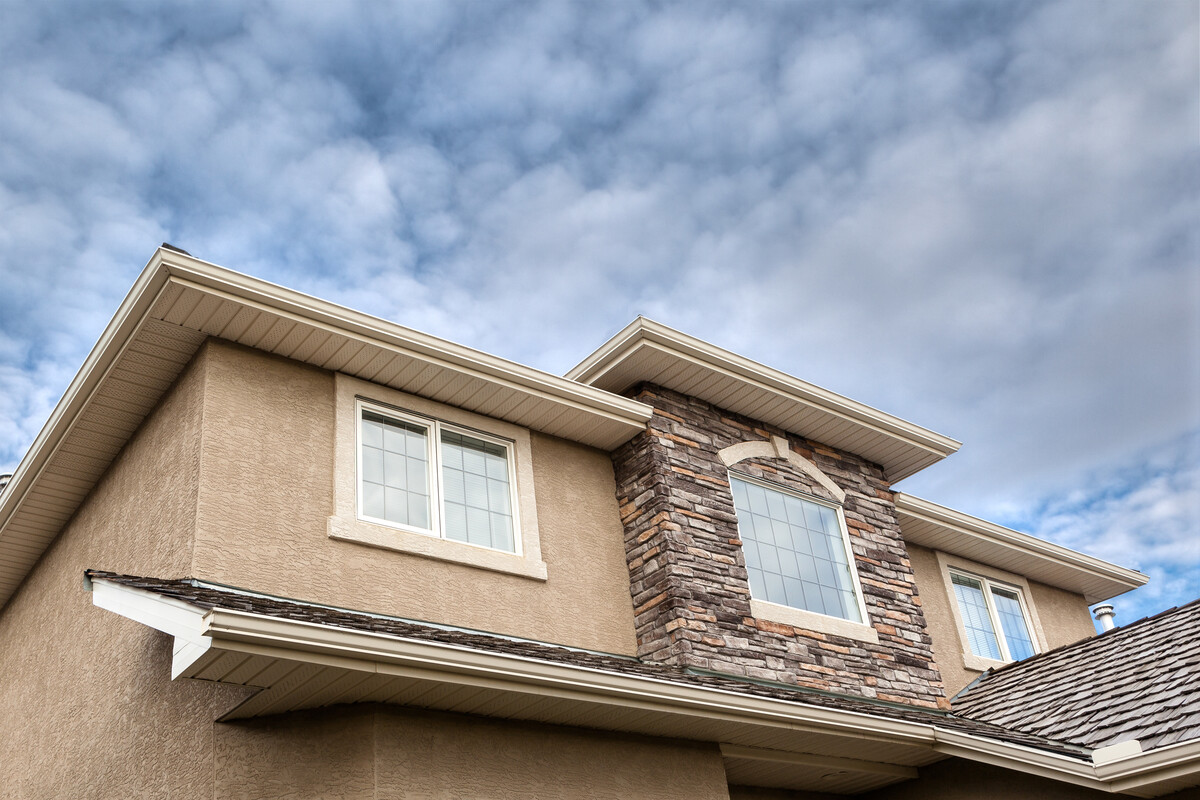

Building Materials
What Is A Stucco House
Modified: August 17, 2024
Discover the benefits of a stucco house and learn about its durability, versatility, and eco-friendly building materials. Find out why stucco is a popular choice for modern homes.
(Many of the links in this article redirect to a specific reviewed product. Your purchase of these products through affiliate links helps to generate commission for Storables.com, at no extra cost. Learn more)
Introduction
Introduction
If you’ve ever marveled at the timeless charm of a stucco house, you’re not alone. Stucco, a versatile and durable building material, has been used for centuries to adorn and protect homes. In this article, we’ll delve into the world of stucco houses, exploring their history, characteristics, advantages, and maintenance. Whether you’re a homeowner considering stucco for your next project or simply intrigued by the allure of stucco homes, this comprehensive guide will provide valuable insights into the fascinating realm of stucco construction.
What is Stucco?
Key Takeaways:
- Stucco, a durable and versatile building material, has a rich history dating back to ancient civilizations. It offers exceptional durability, weather resistance, and customizable aesthetics, making it a compelling choice for homeowners seeking enduring elegance and practical benefits.
- While stucco houses boast durability and customizable aesthetics, homeowners should be mindful of potential drawbacks such as cracking and moisture retention. Proactive maintenance, including regular inspections and repairs, is essential for preserving the longevity and visual appeal of stucco exteriors.
Read more: How To Install House Numbers On Stucco
What is Stucco?
Stucco, derived from the Italian word “stucco,” meaning plaster, is a versatile and enduring building material that has been used for centuries in construction. It is primarily composed of cement, sand, lime, and water, forming a hard, durable exterior coating for buildings. Stucco can be applied to various surfaces, including masonry, wood, and metal lath, making it a popular choice for both residential and commercial projects.
One of the defining characteristics of stucco is its adaptability, allowing for a range of textures and finishes to suit different architectural styles. From the smooth, sleek look of a modern home to the rustic appeal of a Mediterranean villa, stucco offers a customizable aesthetic that enhances the visual appeal of any structure.
Besides its aesthetic versatility, stucco is valued for its exceptional durability and weather resistance. When properly installed and maintained, stucco can withstand the elements, including wind, rain, and sun exposure, making it an ideal choice for exterior cladding in diverse climates.
Furthermore, stucco is renowned for its fire resistance, providing an added layer of safety and protection for buildings. Its non-combustible nature makes it a desirable option for homeowners seeking to bolster the fire resistance of their properties.
Overall, stucco stands as a testament to the enduring appeal of traditional building materials, offering a blend of functionality, aesthetics, and longevity that continues to captivate architects, builders, and homeowners alike.
History of Stucco
History of Stucco
The history of stucco traces back to ancient civilizations, where it was utilized for both practical and decorative purposes. The earliest known application of stucco dates back to ancient Greece and Rome, where it adorned the facades of grand structures, such as temples and amphitheaters. The Greeks and Romans recognized the value of stucco not only as a protective coating but also as a medium for intricate artistic expression, with elaborate designs and reliefs adorning the stuccoed surfaces.
Throughout the Middle Ages and the Renaissance, stucco continued to be a prominent feature in European architecture, gracing the walls and ceilings of palaces, cathedrals, and other prestigious edifices. Skilled artisans crafted ornate stucco decorations, showcasing a fusion of architectural and artistic prowess that defined the era.
As European explorers embarked on voyages of discovery, they carried the tradition of stucco to the New World, where it became a hallmark of Spanish colonial architecture in regions such as Mexico, the Caribbean, and the American Southwest. The distinct visual appeal of stucco facades became synonymous with the cultural heritage of these areas, leaving an indelible mark on the architectural landscape.
Fast forward to the modern era, and stucco remains a prevalent choice for residential and commercial construction, revered for its timeless elegance and practical benefits. Its enduring legacy, spanning millennia and continents, underscores the enduring appeal and versatility of stucco as a building material.
Today, stucco continues to evolve, with new techniques and formulations enhancing its performance and aesthetic possibilities. Whether adorning a historic landmark or gracing a contemporary home, stucco stands as a testament to the enduring legacy of traditional craftsmanship and the timeless allure of architectural expression.
Advantages of Stucco Houses
Stucco houses offer a myriad of advantages that contribute to their enduring popularity as a choice for exterior cladding. Here are some of the key benefits:
- Durability: Stucco is renowned for its exceptional durability, capable of withstanding the rigors of diverse climates and weather conditions. When properly installed and maintained, stucco can endure for decades, offering long-term protection for homes.
- Weather Resistance: Stucco provides a robust barrier against the elements, including wind, rain, and UV exposure. Its ability to repel moisture and resist fading makes it an ideal choice for regions with varying weather patterns.
- Fire Resistance: Stucco is inherently fire-resistant, providing an added layer of safety for homeowners. Its non-combustible nature can help mitigate the spread of fires, offering peace of mind in fire-prone areas.
- Customizable Aesthetics: Stucco offers a versatile canvas for architectural expression, with a range of textures and finishes available to suit different design preferences. Whether seeking a smooth, contemporary look or a textured, rustic appeal, stucco can be tailored to complement various architectural styles.
- Low Maintenance: Once applied, stucco requires minimal maintenance to preserve its appearance and structural integrity. Periodic cleaning and inspections can help prolong the lifespan of stucco, making it a practical choice for homeowners seeking low-maintenance exteriors.
- Energy Efficiency: Stucco can contribute to improved energy efficiency in homes, providing thermal insulation and helping to regulate indoor temperatures. This can lead to reduced heating and cooling costs, enhancing the overall sustainability of stucco-clad properties.
These advantages collectively position stucco houses as a compelling option for homeowners seeking a durable, aesthetically pleasing, and low-maintenance exterior cladding solution.
Stucco houses are made of a cement-based material that is applied over a wire mesh and then textured. It’s important to regularly inspect and maintain the stucco to prevent cracks and water damage.
Disadvantages of Stucco Houses
While stucco houses offer numerous benefits, it’s important to consider potential drawbacks associated with this exterior cladding option. Understanding the disadvantages can help homeowners make informed decisions regarding their building materials. Here are some notable drawbacks of stucco houses:
- Potential for Cracking: Stucco, particularly in regions prone to seismic activity or temperature fluctuations, may be susceptible to cracking over time. Proper installation and regular maintenance can help mitigate this risk, but it remains a consideration for homeowners.
- Moisture Retention: Improperly installed or maintained stucco can trap moisture, leading to potential issues such as mold, mildew, and water damage. Adequate moisture barriers and vigilant maintenance are essential to prevent moisture-related problems in stucco-clad homes.
- Difficulty of Repair: Addressing cracks or damage in stucco can be labor-intensive and may require professional expertise. Matching the texture and color of existing stucco during repairs can also pose challenges, making seamless restoration a complex endeavor.
- Initial Cost: The upfront cost of installing stucco can be higher compared to some other exterior cladding materials. While the long-term durability and low maintenance requirements can offset this initial investment, it’s essential to consider the upfront expenses when evaluating stucco for a construction or renovation project.
- Limited Insulation: Stucco, as a thin exterior coating, provides limited insulation compared to thicker insulation materials. Homeowners in regions with extreme temperature variations may need to consider additional insulation solutions to enhance energy efficiency.
- Aesthetic Limitations: While stucco offers a range of textures and finishes, some homeowners may find its appearance less customizable compared to alternative cladding materials. Personal aesthetic preferences and architectural styles should be carefully considered when evaluating stucco’s suitability for a project.
By weighing these disadvantages against the benefits of stucco, homeowners can make informed choices that align with their priorities, budget, and long-term maintenance considerations.
Read more: How To Make A Stucco House Look Modern
Types of Stucco Finishes
Stucco finishes encompass a diverse array of textures and styles, allowing homeowners to achieve distinctive aesthetic effects that complement their architectural vision. Here are some common types of stucco finishes:
- Smooth Finish: Characterized by a sleek, uniform surface, smooth stucco finishes exude a modern and refined appearance. This finish is achieved through trowel application and can impart a contemporary elegance to residential and commercial properties.
- Float Finish: The float finish features a slightly textured surface, created by using a wooden float to apply and smooth the stucco. This finish offers a subtle tactile quality while maintaining a clean and sophisticated look.
- Dash Finish: Also known as a roughcast or spatter dash finish, this style incorporates small pebbles or aggregate into the stucco mix, resulting in a textured, granular surface. The dash finish adds depth and visual interest to building exteriors, evoking a sense of rustic charm and character.
- Swirl Finish: Swirl patterns are achieved by using a trowel or brush to create elegant, swirling motifs in the stucco surface. This decorative finish adds a touch of artistry to stucco-clad structures, infusing them with a sense of individuality and craftsmanship.
- Rock Dash Finish: This finish incorporates larger aggregate or rock particles into the stucco mix, resulting in a textured surface reminiscent of natural stone. The rock dash finish lends a rugged, earthy appeal to buildings, making it a popular choice for homes with a rustic or Mediterranean architectural style.
- Cat Face Finish: Cat face stucco features irregular, protruding patterns that resemble the texture of cat faces, hence its name. This finish adds a distinctive, tactile quality to building exteriors, creating visual depth and a sense of organic texture.
Each stucco finish offers a unique aesthetic character, allowing homeowners to tailor the exterior appearance of their properties to align with their architectural preferences and design aspirations.
How to Maintain a Stucco House
Maintaining a stucco house is essential for preserving its appearance and structural integrity over time. Proper care and maintenance can prolong the lifespan of stucco exteriors, ensuring that they continue to enhance the beauty and durability of residential properties. Here are key maintenance practices for stucco houses:
- Regular Inspections: Conduct routine visual inspections of the stucco exterior to identify any signs of damage, cracking, or discoloration. Addressing issues promptly can prevent minor problems from escalating into more extensive damage.
- Cleaning: Periodically clean the stucco surface to remove dirt, grime, and environmental residues. Use a gentle detergent, soft brush, and water to wash the stucco, avoiding abrasive cleaning methods that could damage the finish.
- Sealing and Caulking: Inspect and maintain the sealant and caulking around windows, doors, and other penetrations in the stucco. Proper sealing helps prevent moisture intrusion and ensures the integrity of the stucco envelope.
- Repairing Cracks: Address any cracks or damage in the stucco promptly. Small cracks can be filled with a high-quality, paintable caulk, while larger or more extensive damage may require professional repair by a qualified stucco contractor.
- Maintaining Landscaping: Trim trees, shrubs, and vines near the stucco exterior to prevent vegetation from coming into direct contact with the stucco. Overgrown foliage can trap moisture and contribute to deterioration over time.
- Inspecting Drainage Systems: Ensure that gutters, downspouts, and drainage systems are functioning effectively to divert water away from the stucco exterior. Proper drainage management is crucial for preventing water-related issues in stucco-clad homes.
- Professional Inspections: Periodically engage a qualified stucco inspector or contractor to conduct comprehensive assessments of the stucco exterior. Professional inspections can identify underlying issues and ensure proactive maintenance to preserve the stucco’s condition.
By adhering to these maintenance practices, homeowners can safeguard the longevity and visual appeal of their stucco houses, maintaining them as enduring showcases of architectural elegance and resilience.
Conclusion
Stucco houses stand as enduring testaments to the timeless allure and practical benefits of this venerable building material. From its ancient origins to its modern-day applications, stucco has captivated architects, builders, and homeowners with its versatility, durability, and aesthetic appeal. The rich history of stucco, spanning civilizations and continents, reflects its enduring legacy as a cherished element of architectural expression.
While stucco houses offer a range of advantages, including exceptional durability, weather resistance, and customizable aesthetics, it’s important for homeowners to consider potential drawbacks and engage in proactive maintenance to ensure the longevity of their stucco exteriors. By understanding the nuances of stucco construction and embracing best practices for maintenance, homeowners can enjoy the enduring beauty and protective qualities of stucco for years to come.
Whether adorning a contemporary residence, a historic landmark, or a commercial edifice, stucco continues to captivate with its timeless elegance and practical benefits. Its diverse array of finishes, from smooth and sleek to textured and rustic, allows for a harmonious integration with a wide spectrum of architectural styles, enriching the visual landscape of buildings and communities.
As stucco houses endure as enduring symbols of architectural craftsmanship and resilience, they embody the fusion of tradition and innovation, offering a compelling testament to the enduring legacy of stucco as a cherished building material.
Frequently Asked Questions about What Is A Stucco House
Was this page helpful?
At Storables.com, we guarantee accurate and reliable information. Our content, validated by Expert Board Contributors, is crafted following stringent Editorial Policies. We're committed to providing you with well-researched, expert-backed insights for all your informational needs.
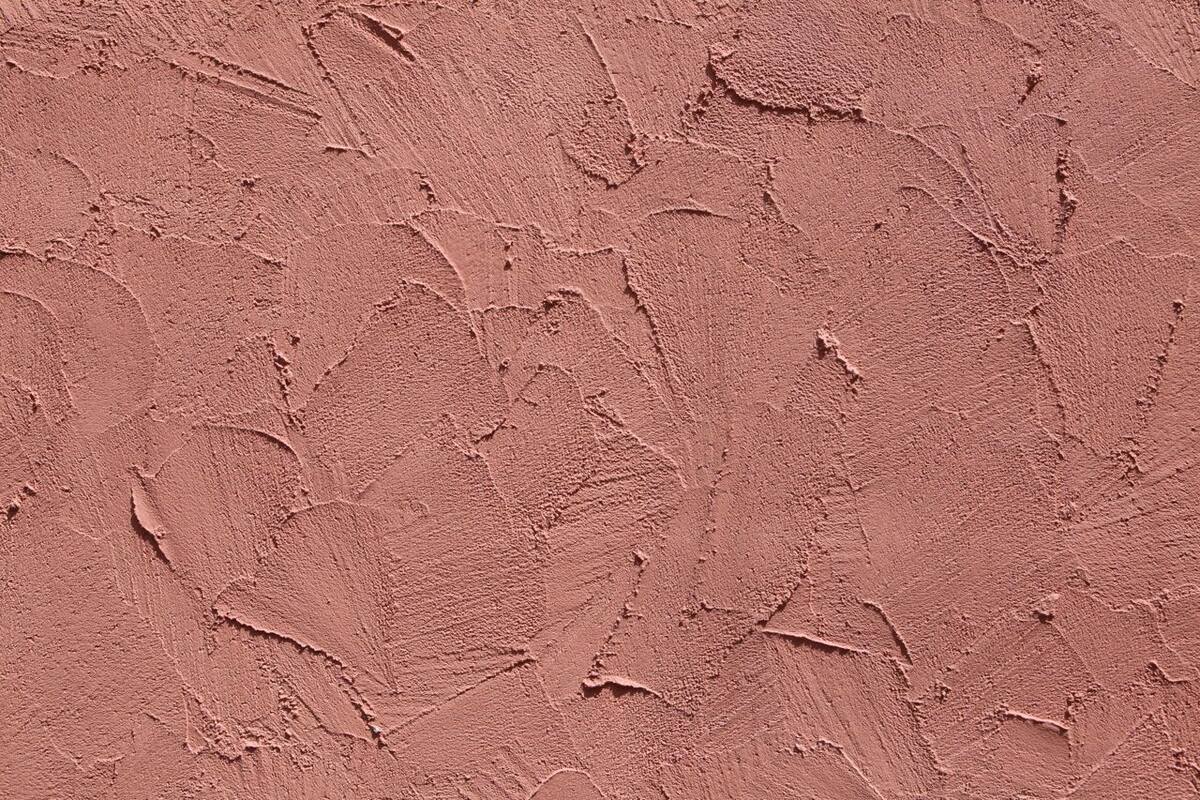
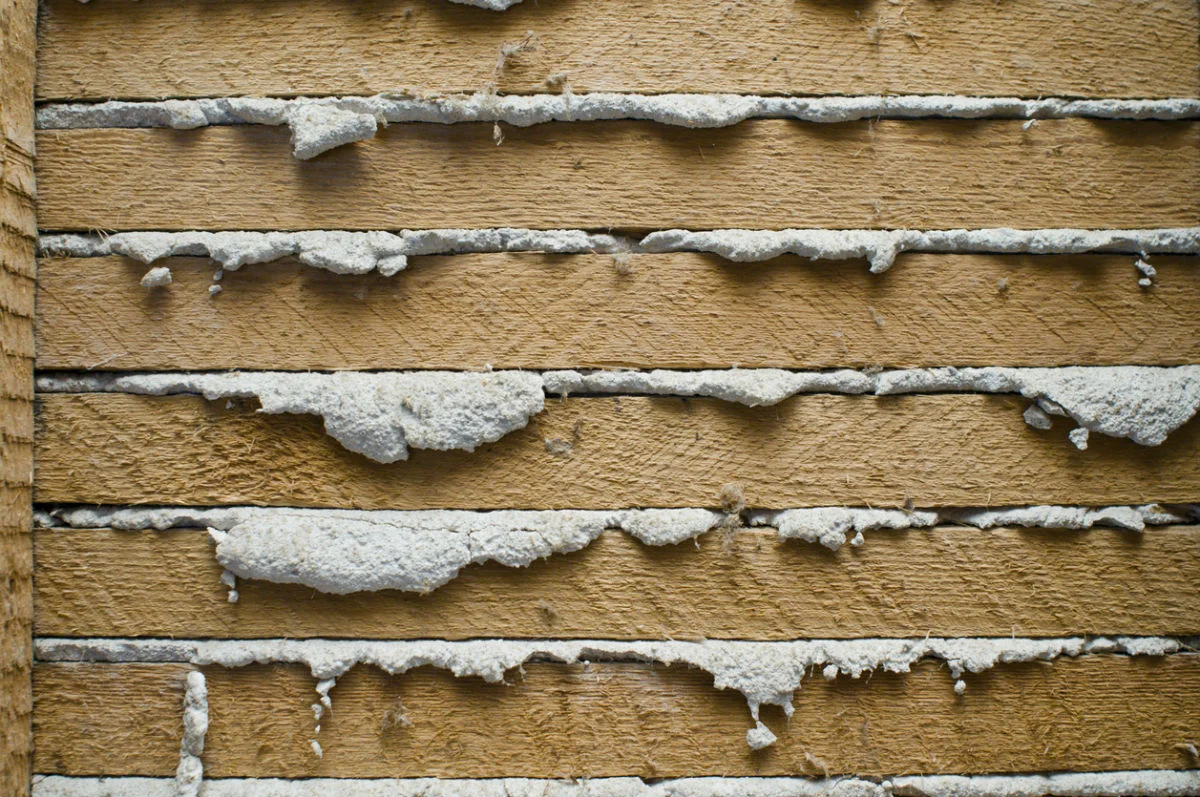
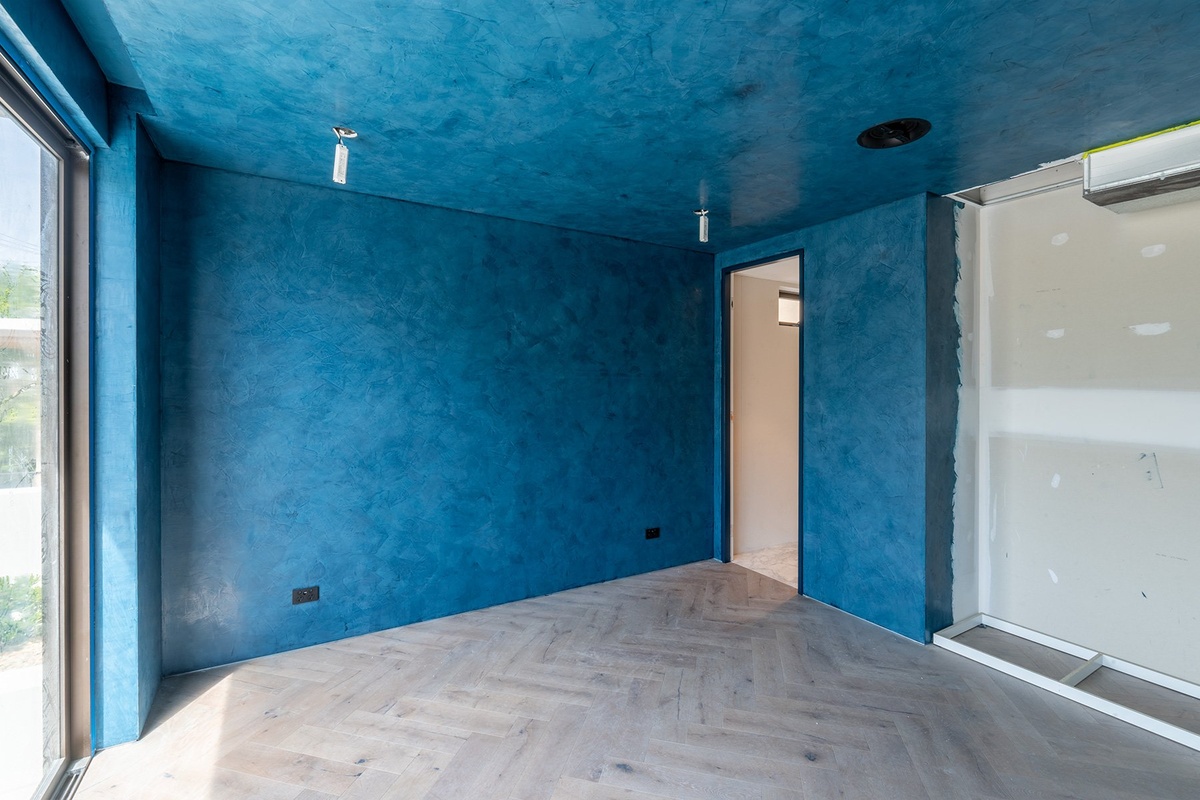
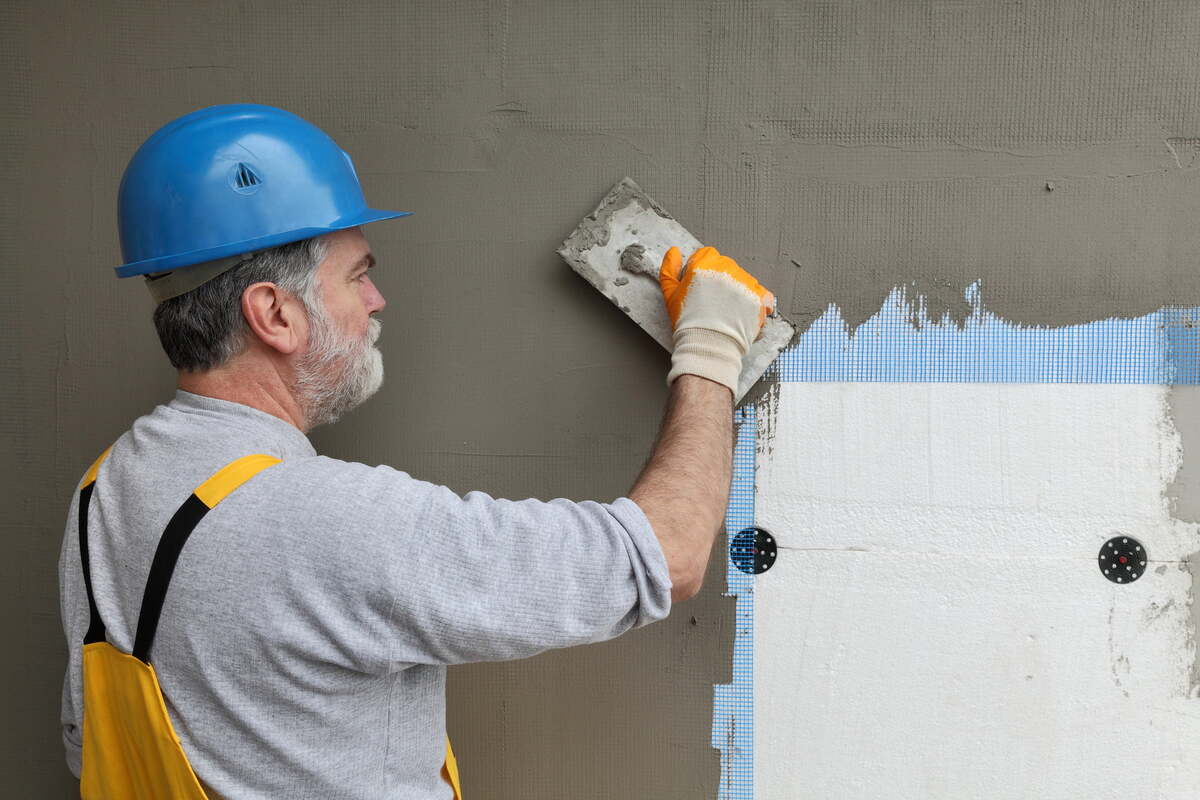
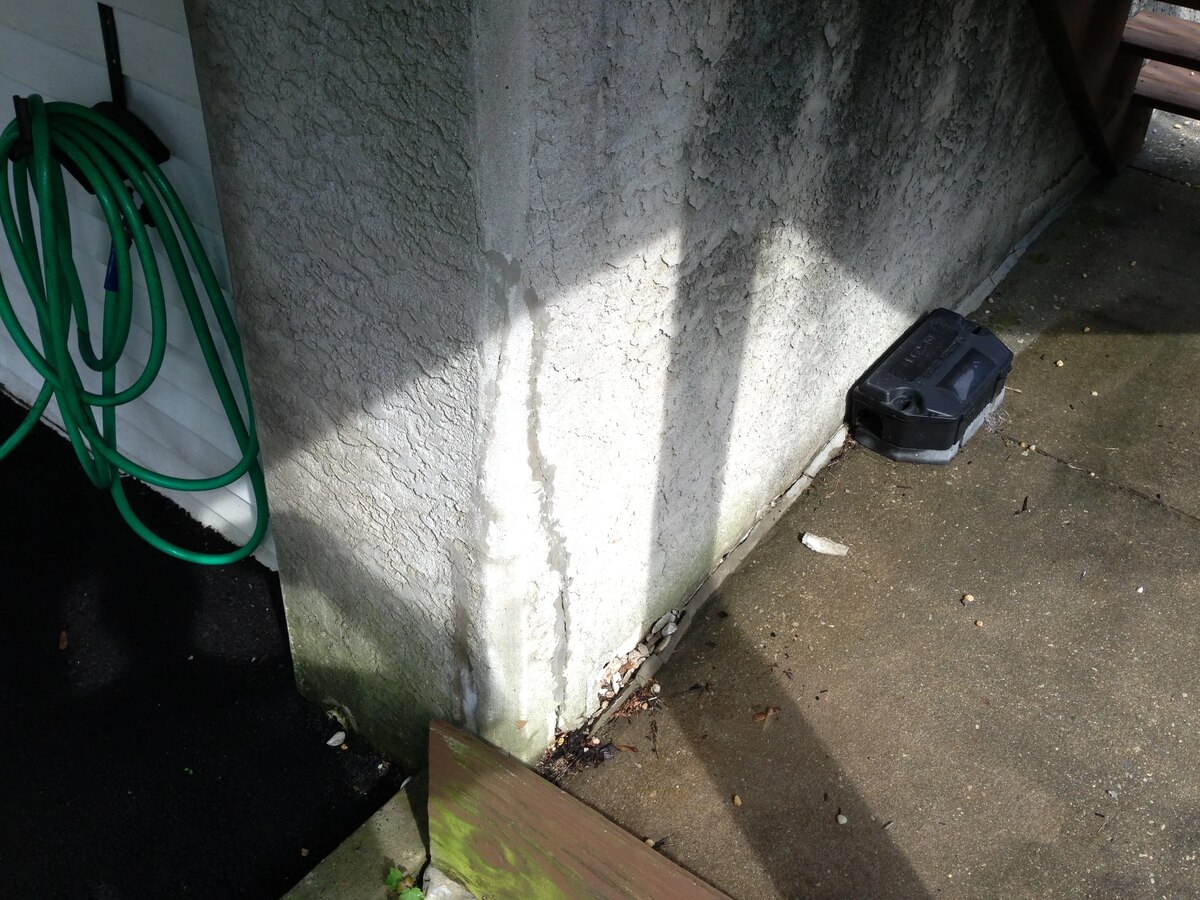
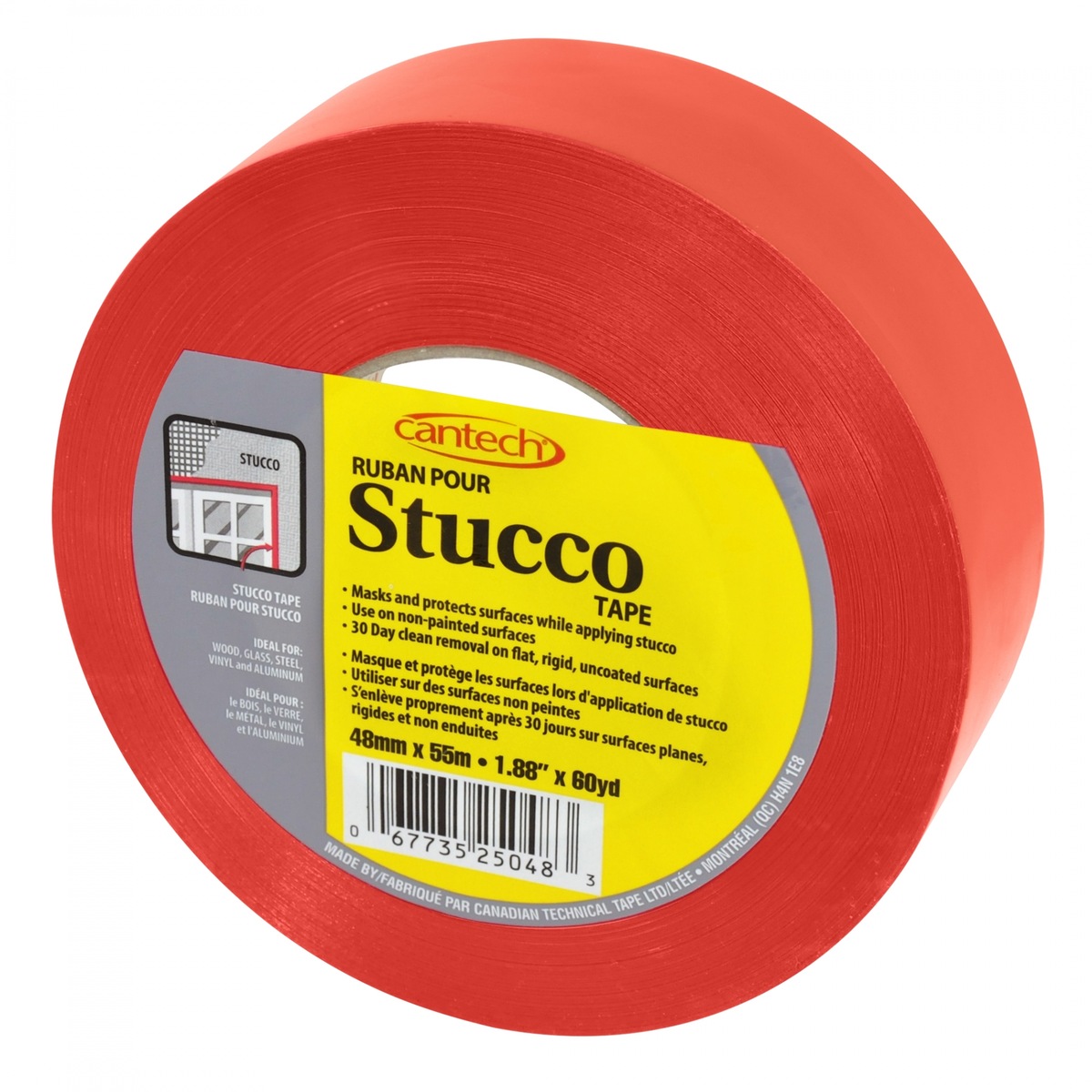
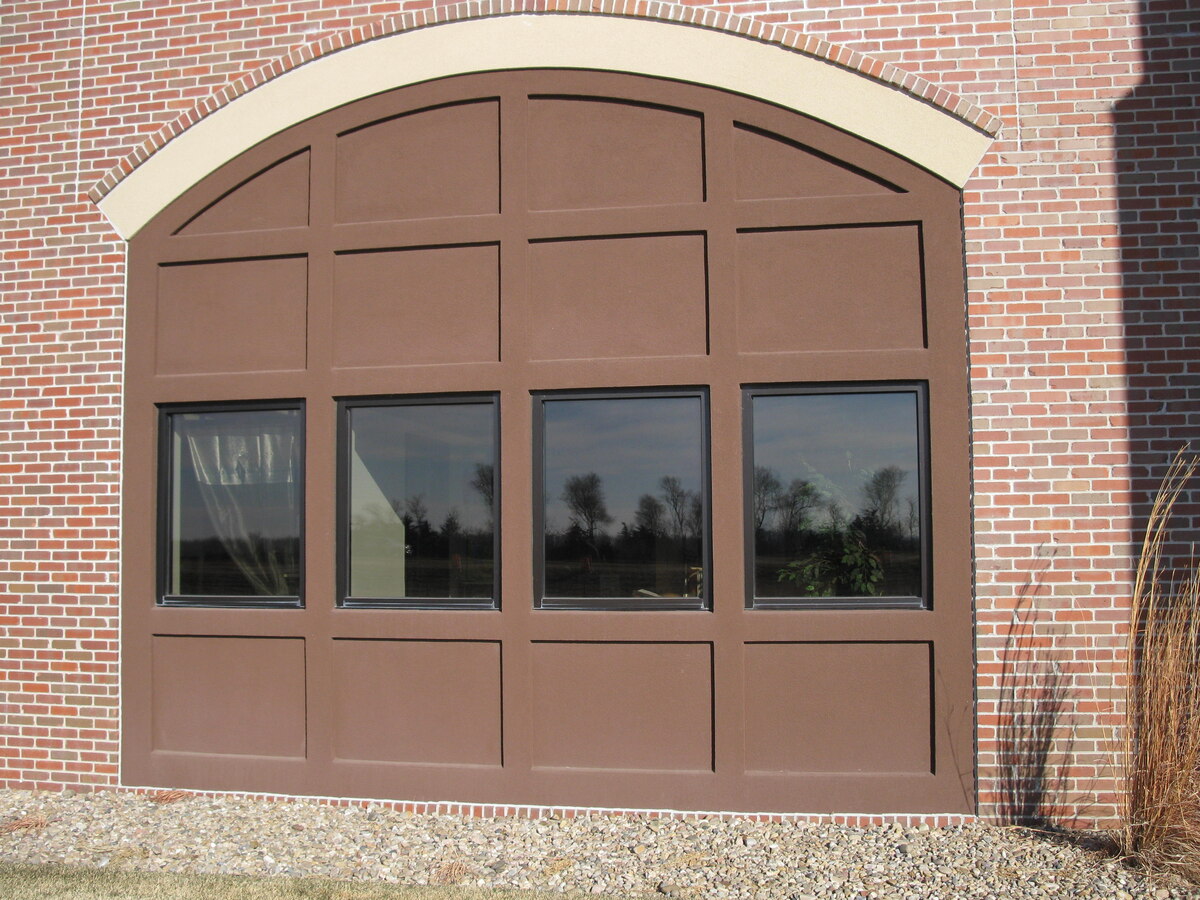
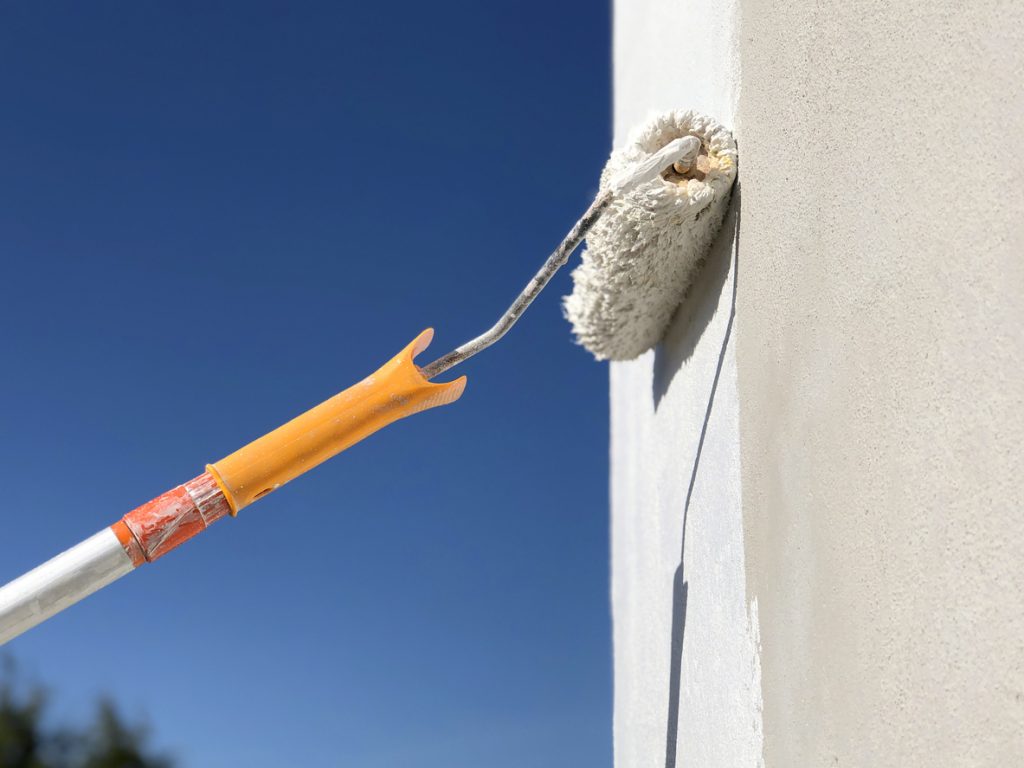
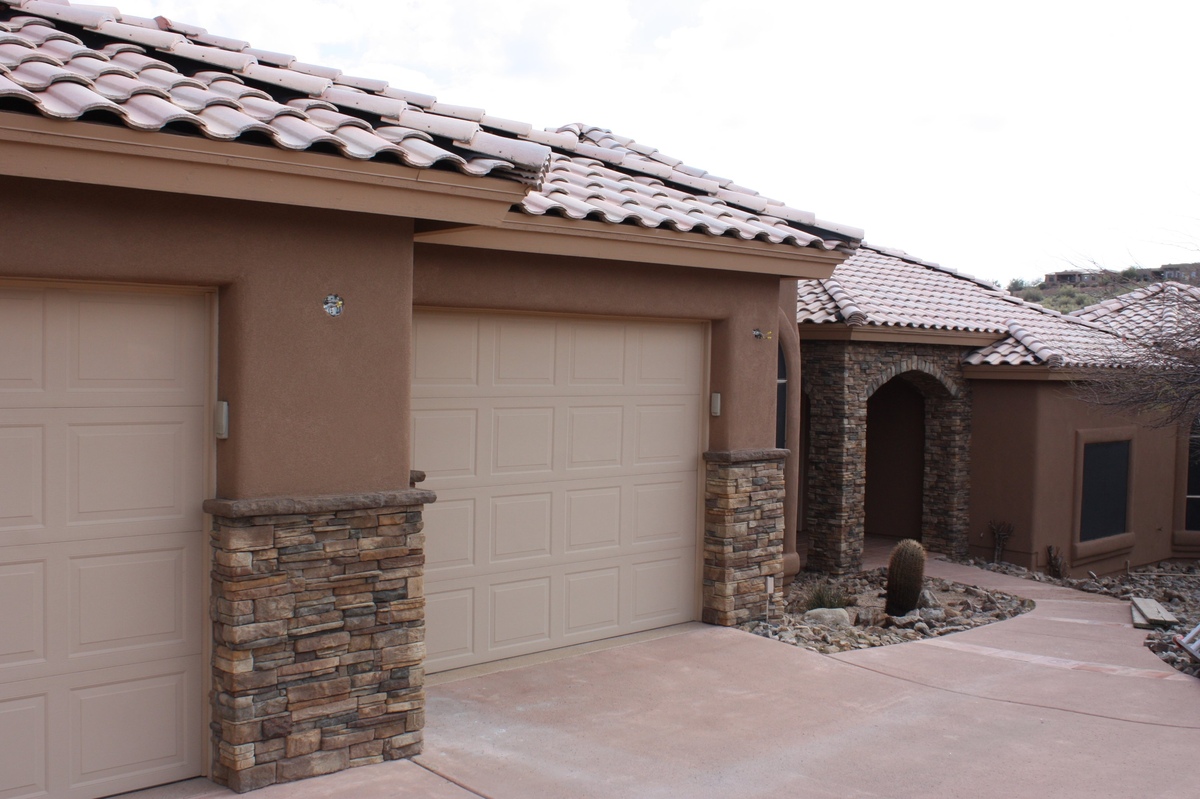
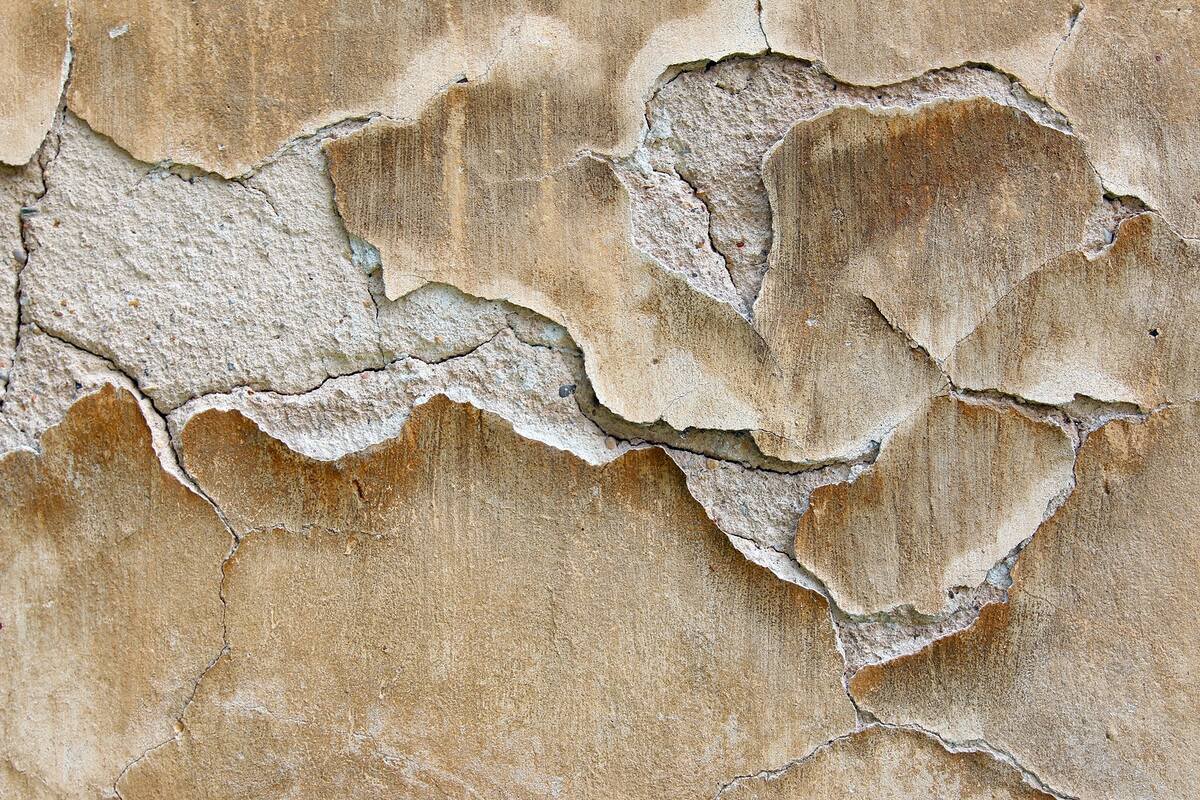
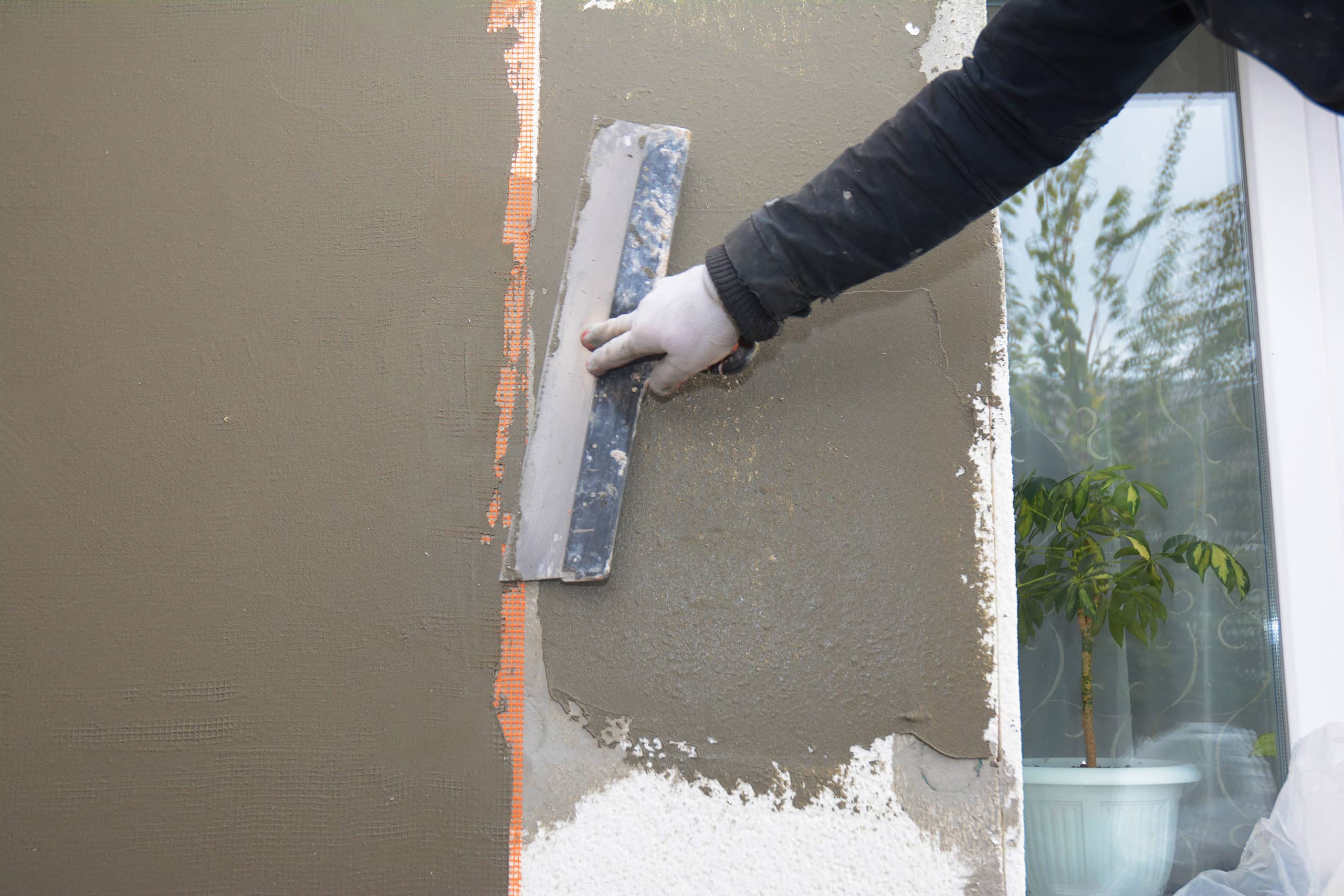
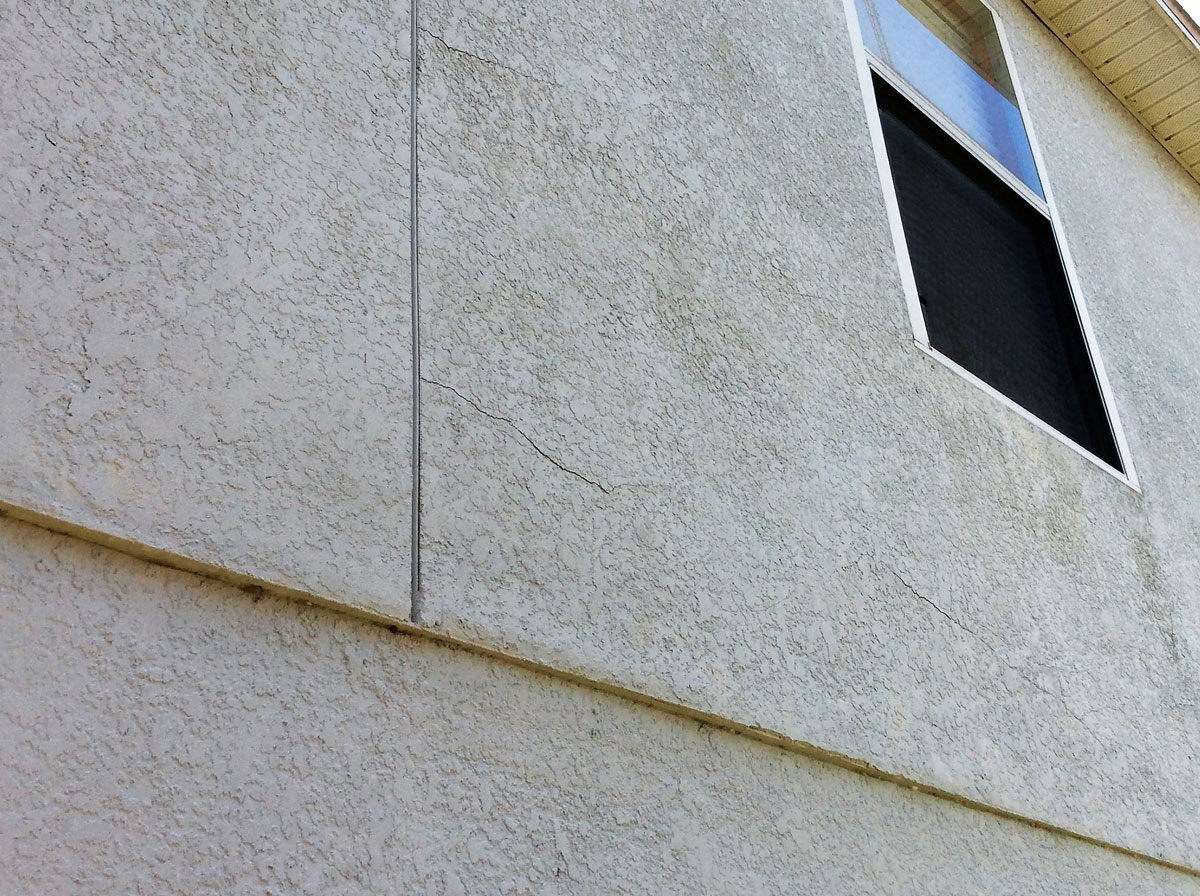
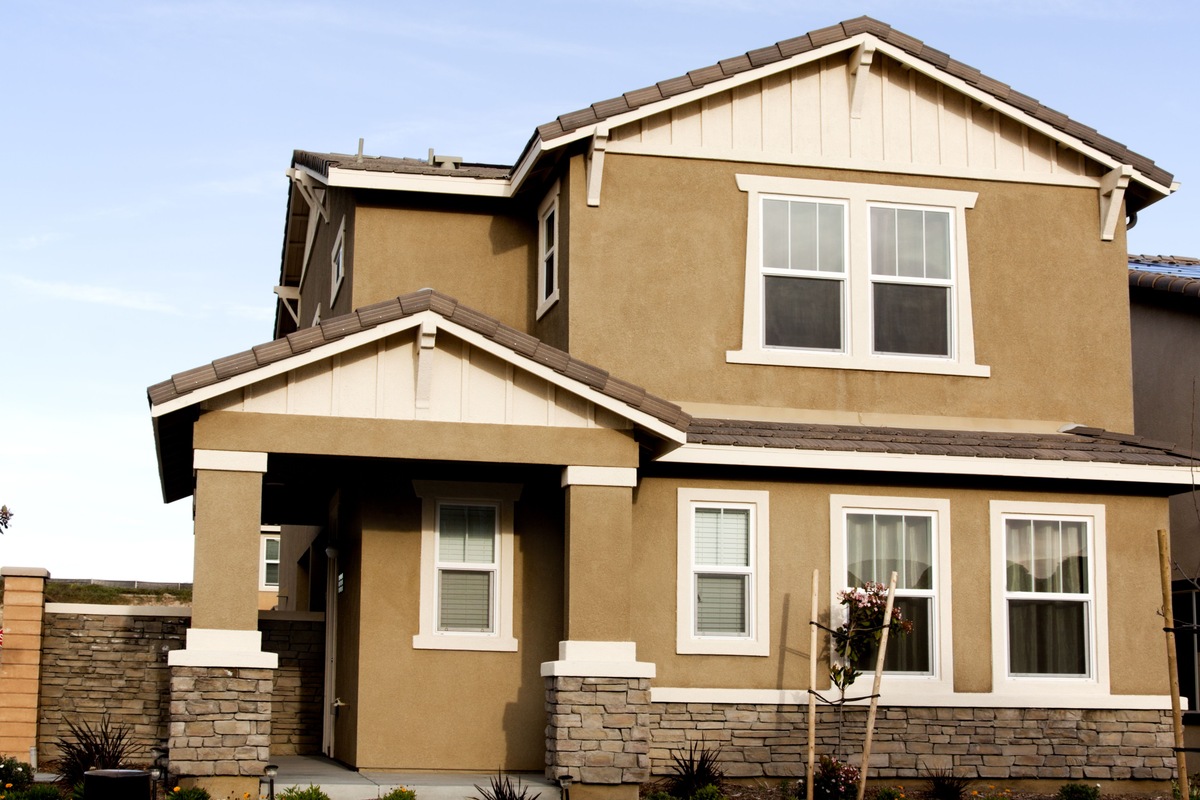


0 thoughts on “What Is A Stucco House”